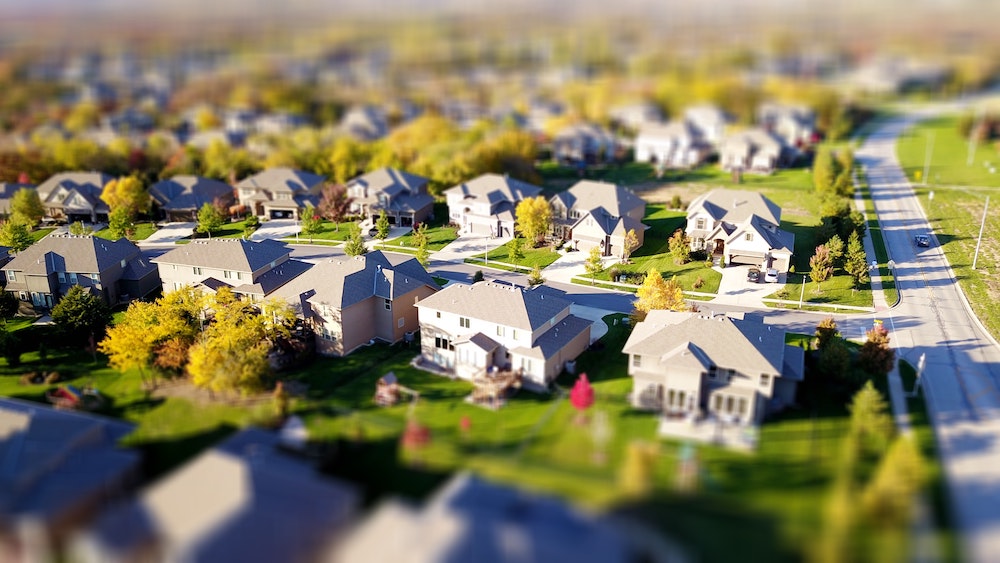When buying or selling a home in Los Angeles and Ventura counties, property location and safety are two key factors that can impact both lifestyle and investment value. These counties offer diverse neighborhoods, each with unique characteristics. Here’s what you need to consider when evaluating a home’s location and its safety aspects.
Understanding Neighborhood Dynamics
- Los Angeles: A City of Contrasts
- The city of Los Angeles is vast, with areas ranging from bustling urban centers to quiet, family-friendly suburbs. High-demand neighborhoods like Santa Monica, Westwood, and Studio City offer strong property values and access to great schools, dining, and entertainment. However, traffic congestion and housing costs can be high.
- Downtown L.A. and surrounding areas like Koreatown and Silver Lake offer vibrant city life but may have higher crime rates in certain sections.
- Ventura County: Suburban Comfort with Coastal Appeal
- Ventura County provides a more relaxed, suburban feel with coastal towns like Ventura and Oxnard offering beachfront living. Cities like Thousand Oaks and Simi Valley are known for their excellent schools, lower crime rates, and family-oriented communities.
Evaluating Safety Factors
- Crime Rates and Community Security
- Before purchasing a home, check local crime reports on platforms like CrimeMapping.com or city police department websites. Areas like Thousand Oaks, Moorpark, and parts of the San Fernando Valley tend to have lower crime rates, whereas some regions of South L.A. and parts of Oxnard may have higher incidents of crime.
- Gated communities, which are common in areas like Calabasas and Westlake Village, provide additional security.
- Emergency Services and Response Times
- Proximity to police stations, fire departments, and hospitals can influence response times during emergencies. Cities like Glendale and Pasadena, for example, have well-funded emergency services, ensuring quick response times.
Environmental Safety Considerations
- Wildfire and Earthquake Risks
- Both counties are prone to natural disasters, especially wildfires in areas near hills and mountains (e.g., Malibu, Agoura Hills, and Simi Valley). It’s crucial to check FEMA flood maps and Cal Fire’s fire severity zone maps before purchasing a property.
- Homes built after 1994 in California are required to meet stricter earthquake codes, providing better structural integrity.
- Air Quality and Pollution Concerns
- Some areas, particularly near freeways and industrial zones (e.g., parts of Long Beach and the Inland Empire), may experience higher pollution levels. Checking air quality indices can be beneficial for families with health concerns.
Future Development and Its Impact on Safety
- Upcoming Infrastructure Projects
- New developments like the Metro expansion in L.A. and ongoing city revitalization projects in Ventura can influence property values and neighborhood desirability.
- Gentrification in areas like Highland Park and Echo Park has led to increased home values but also concerns about displacement and changing community dynamics.
Final Thoughts
Choosing a home involves more than just aesthetics—it’s about finding a safe and desirable location that aligns with your needs. By researching crime rates, emergency services, and environmental factors, you can make a well-informed decision.
If you need expert guidance in navigating the real estate market in Los Angeles and Ventura counties, feel free to reach out to me, Anthony Guetzoian at Century 21 Valley Properties, at 818.266.1100. I’m here to help you find the perfect home in a community that meets your expectations for both safety and quality of life.


 Facebook
Facebook
 X
X
 Pinterest
Pinterest
 Copy Link
Copy Link


